My Favorite Planning Tools (That Don't Cost a Fortune)
- amanda brow

- Sep 12, 2020
- 4 min read
Hi, my name is Amanda, and I am a big nerd. I love school so much I voluntarily went to summer school when I was a kid. Flash forward to high school, where I adopted a friend’s habit of sketching out my days in thirty-minutes increments in a note in my phone to maximize my productivity. And here I am now, a student, full-time nine-to-fiver, and big nerd- several planning methods and paper planner tools later- to tell you about what I’m using now.
First Up: The Concept Planner by Poketo
Cost: $34

There are few things I despise more than wasting planner pages, either because I bought the planner in June (rendering January through May calendar pages obsolete) or because I ditched a paper agenda for a few months. My favorite solution? Undated planners.
The Concept Planner is a simple design that allows you space to make it work for your planning style. As a former Bullet Journal-er, this was a great way to keep the freedom of making my planner look exactly the way I want it but without the time-consuming task of drawing out monthly and weekly pages.

The first page is a unique yearly calendar that offers a birds-eye view of the entire year in a two-page spread. I use this to track the birthdays I’m awful about remembering, going home to see family, and the start/end of semesters.
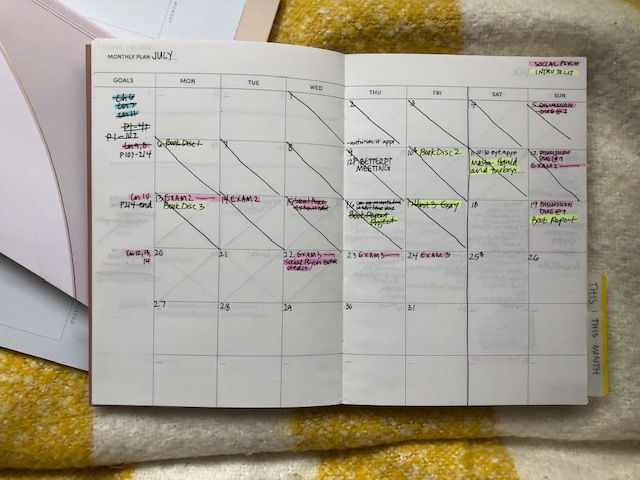
Next up are the monthly spreads. These pages are simple as can be, but with plenty of space in the sidebar for a habit tracker, sticker section, or hand-lettered inspirational quote. I’ve used the “goals” tab to keep track of the readings I need to do for each week (#englishmajor) and to keep up with progress on just-for-me goals, like setting up our balcony garden last month. I started doing another fun thing with this section in August: I used each day’s square as a reflection space. I recorded what I did that day, my energy level, what I was reading- anything I thought might be fun to look back on later. It ain’t pretty, but it sure was fun to track.
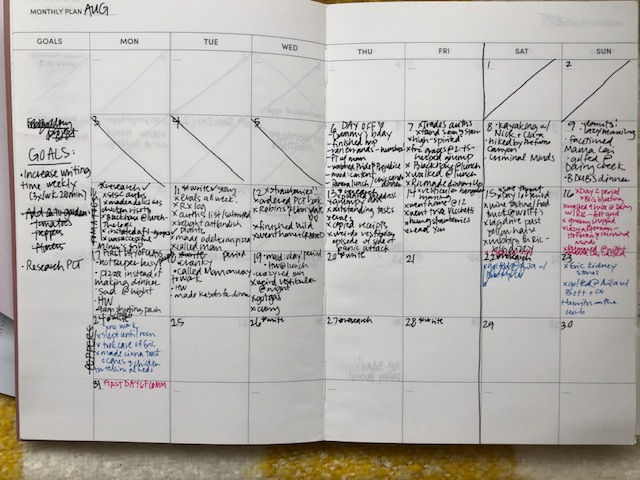

Then, we have our weekly spreads, which I LIVE by. The first page of the week has space for “goals” and “ideas” which I tweak for whatever broad categories I might be working on that week: school work, house stuff, random tasks and chores, or meal plans. I use these lists to look back on throughout the week as I’m planning my days in the morning. The simplicity of the daily sections make them so easy to use and stick with. You’ve got a simple bulleted list with an option to specify the time of day the task will be dealt with, along with a pretty broad margin of blank space for notes.
If you’re looking for a planner with a simple layout begging for interpretation, the Poketo planner is a gorgeous option you won’t be disappointed with.
Number Two: This simple week calendar from Target
Cost: $9.99
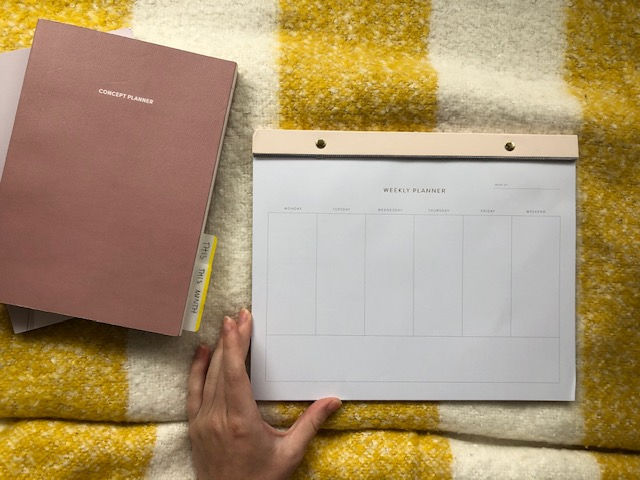
Before this simple planner tool came into my life, I used a half-sheet of printer paper to start documenting the week’s to-dos. I literally wrote down every assignment, every random task, every chore, and every meal into one big list and then used that to determine what would get done and what would need to be pushed into the next week. I know what you’re thinking: but Amanda, if you have a weekly section in your Concept planner, why do you need another one? Because I’m a big nerd, that’s why. I like to see the entire week laid out in one fell swoop, on one page, so I don’t get in over my head in the mundane nature of the day-by-day. Seeing it all on one page helps me keep perspective and keep looking ahead: if I finish all of Tuesday’s tasks, I can start in on a couple of Wednesday’s tasks and see the trickle effect of my hard work.
This is a great simple tool you can pick up on your next Target binge to keep your week organized, even if you don’t have any other planning tools in your wheelhouse. Keep it on your desk or in your laptop case and watch yourself progress through the week.
Last but Not Least: This Daily Journal from Stil
Cost: $26
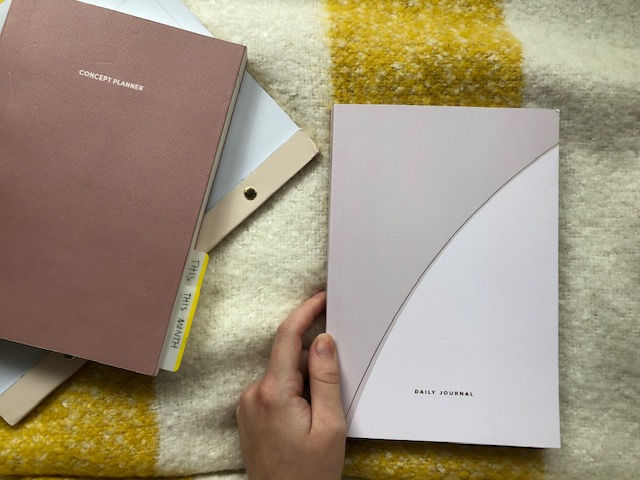
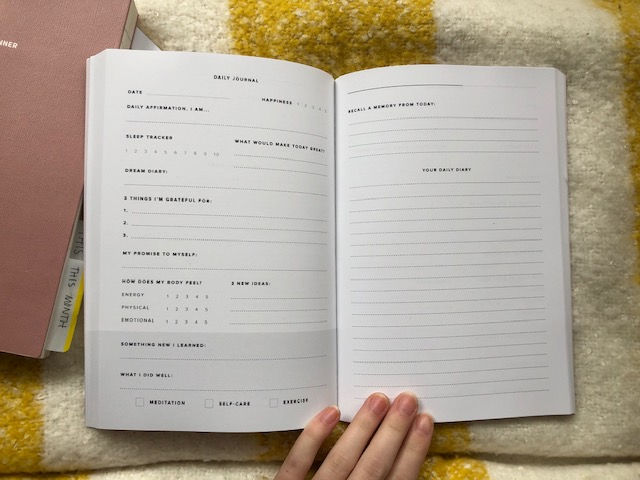
The newest addition to my planning tool family, I am already in love with this intention-setting, planner-esque journal. Even if you’re not a journaler, this is a great tool to get you reflecting on how you spend your time and how you set the tone for the day ahead. I spend about five minutes with this journal in the morning before getting ready and then I come back to it in the evening to finish up the prompts. Altogether, I probably spend ten to fifteen minutes a day with this little notebook, and it makes a world of difference throughout the day.
Well, friends, these are the planning tools that have been working for me lately. Every few months, I catch the new-planner bug and spend hours window-shopping on the internet for my next new favorite. Until then, thanks for reading!


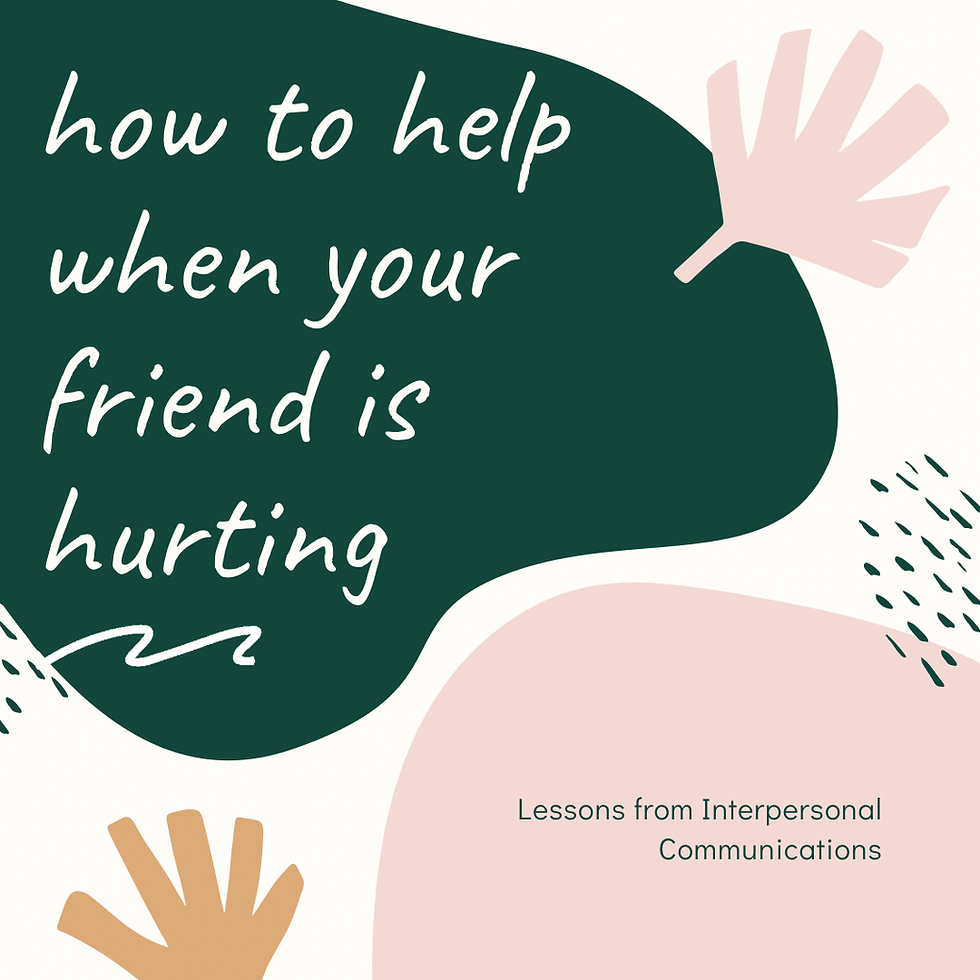

Comentários